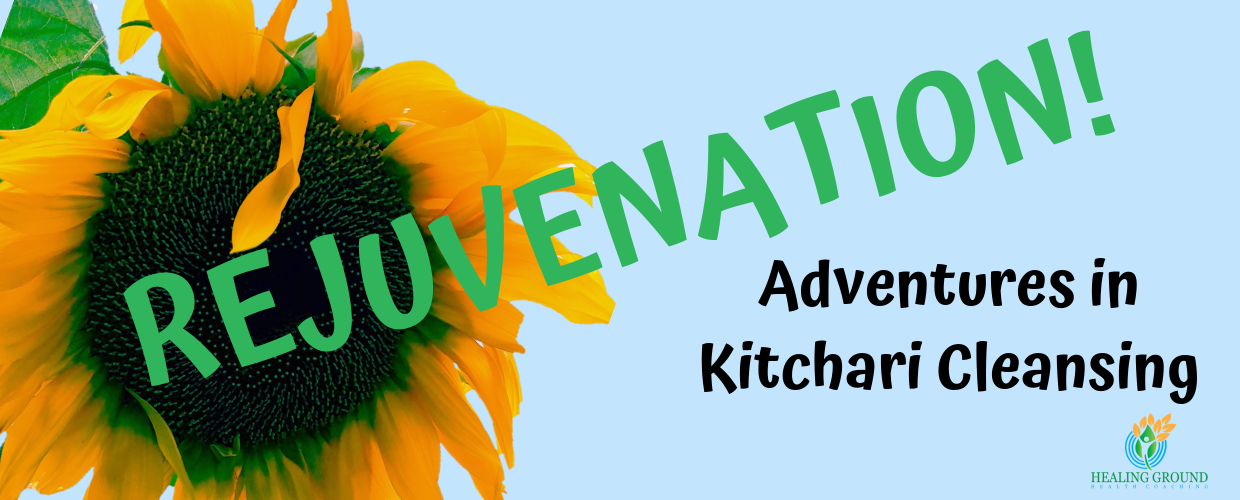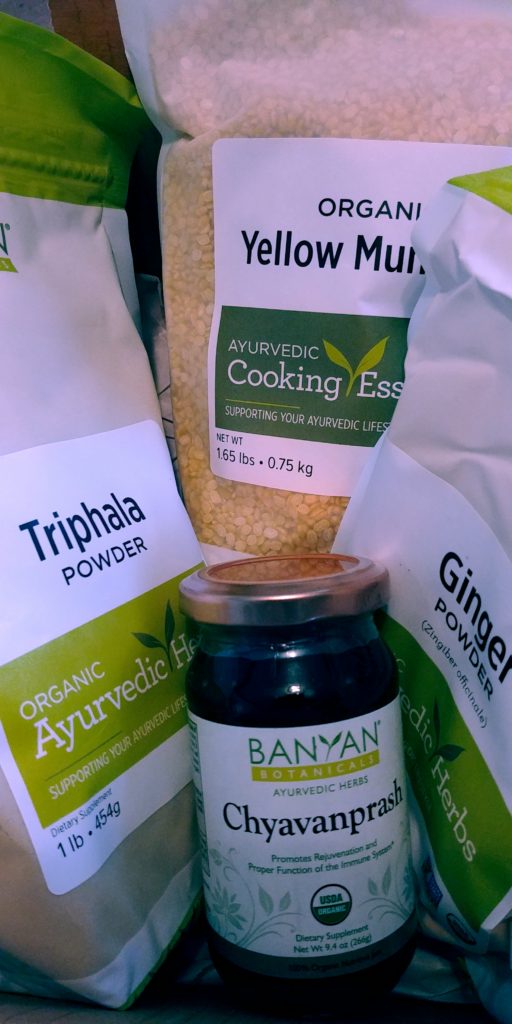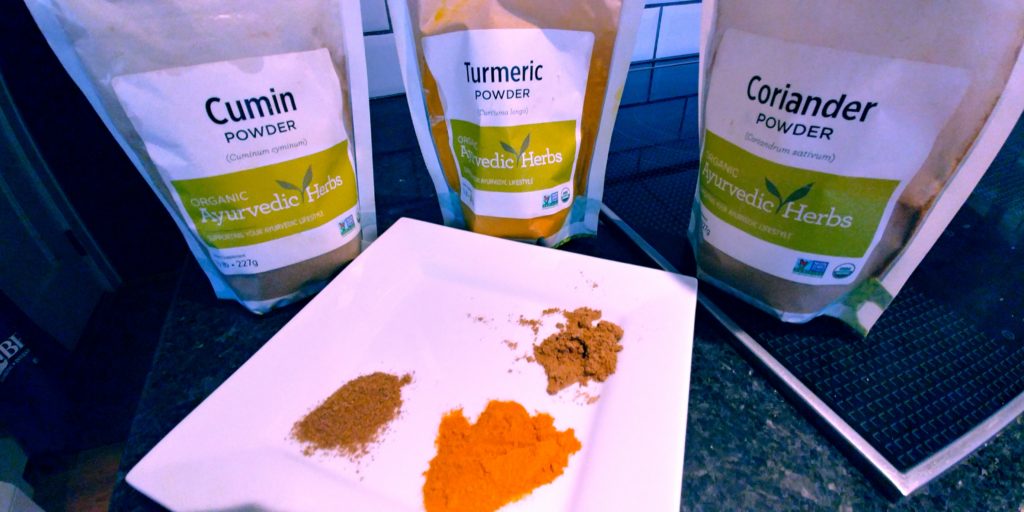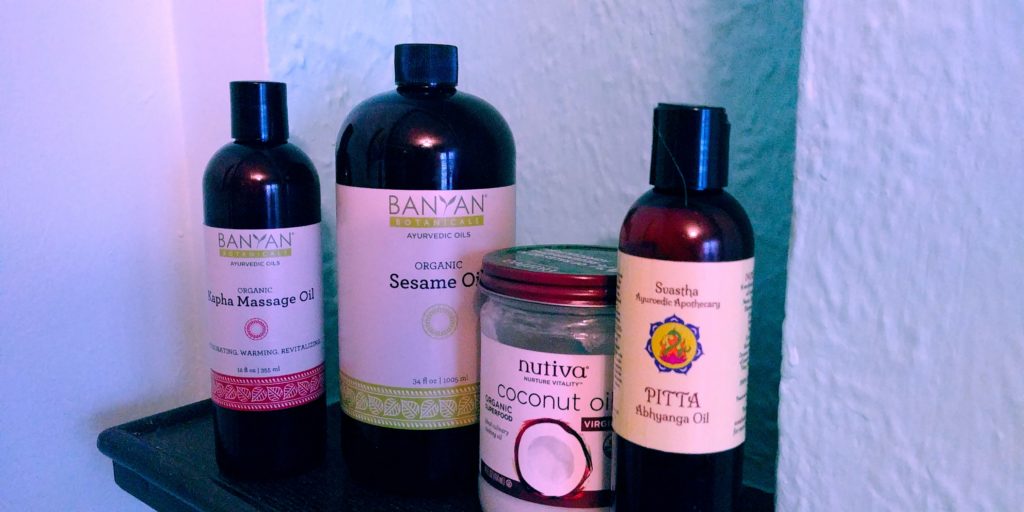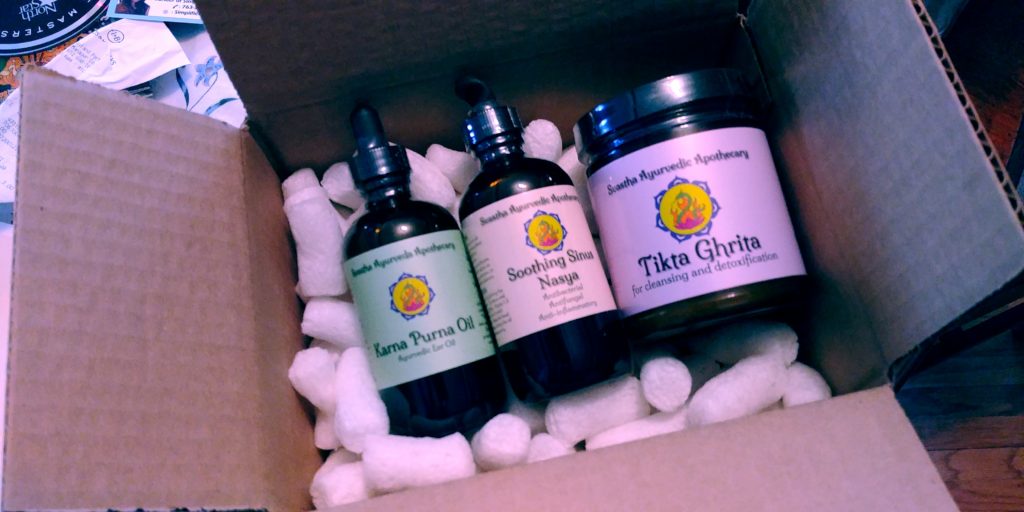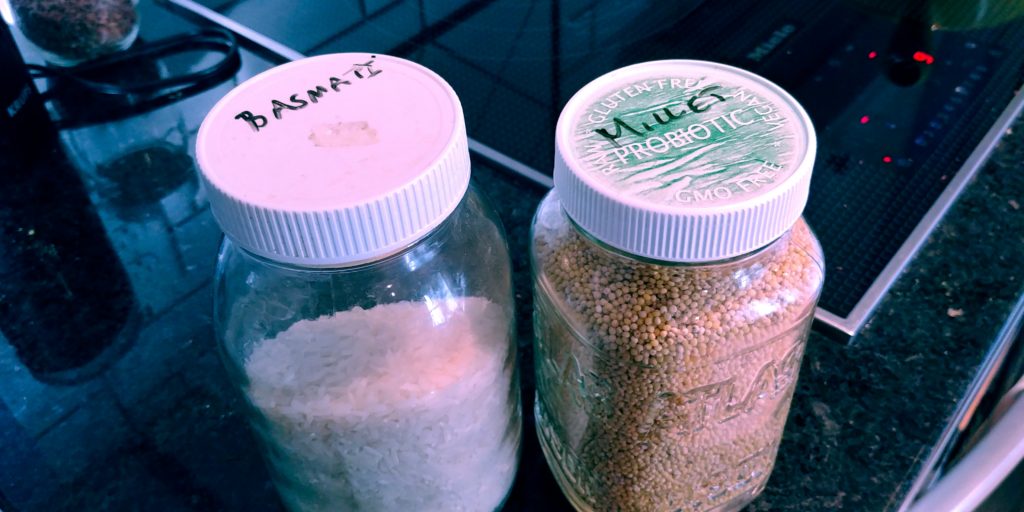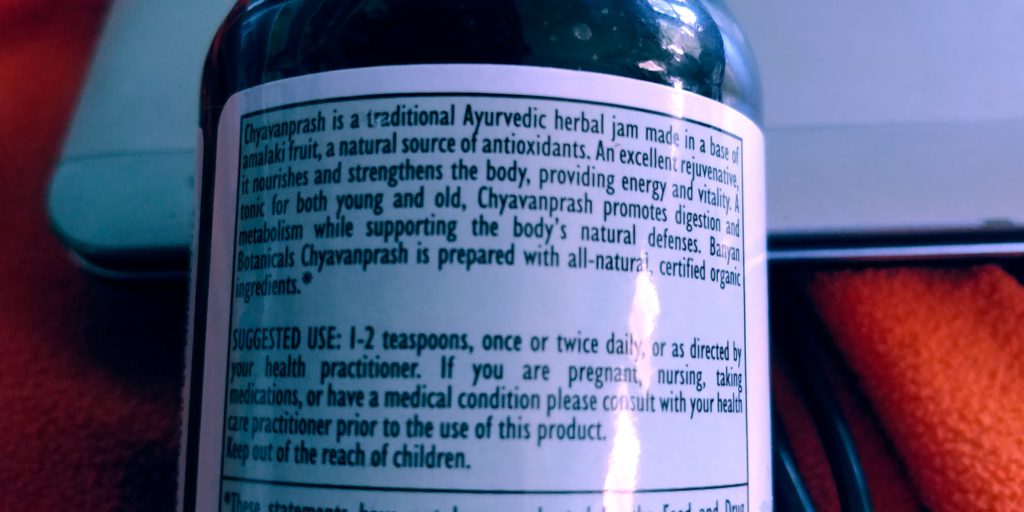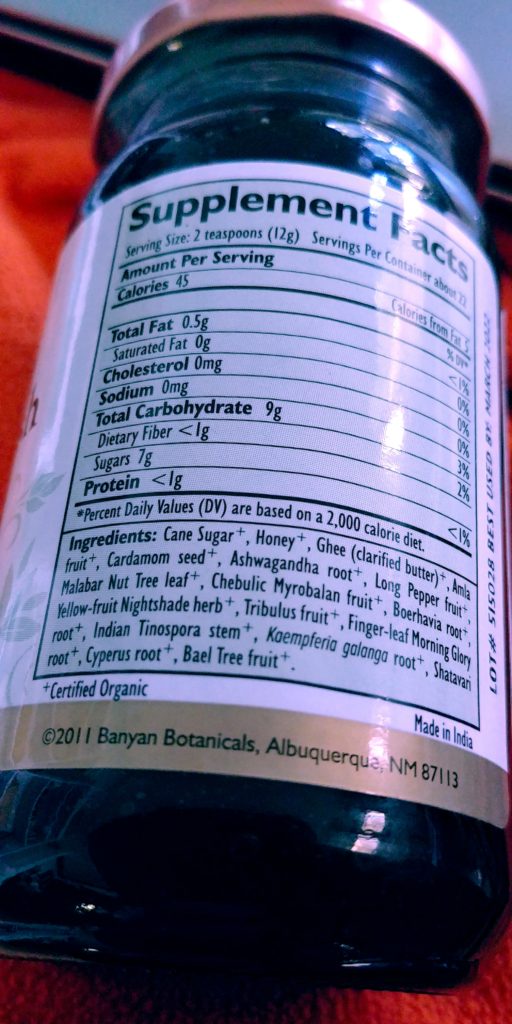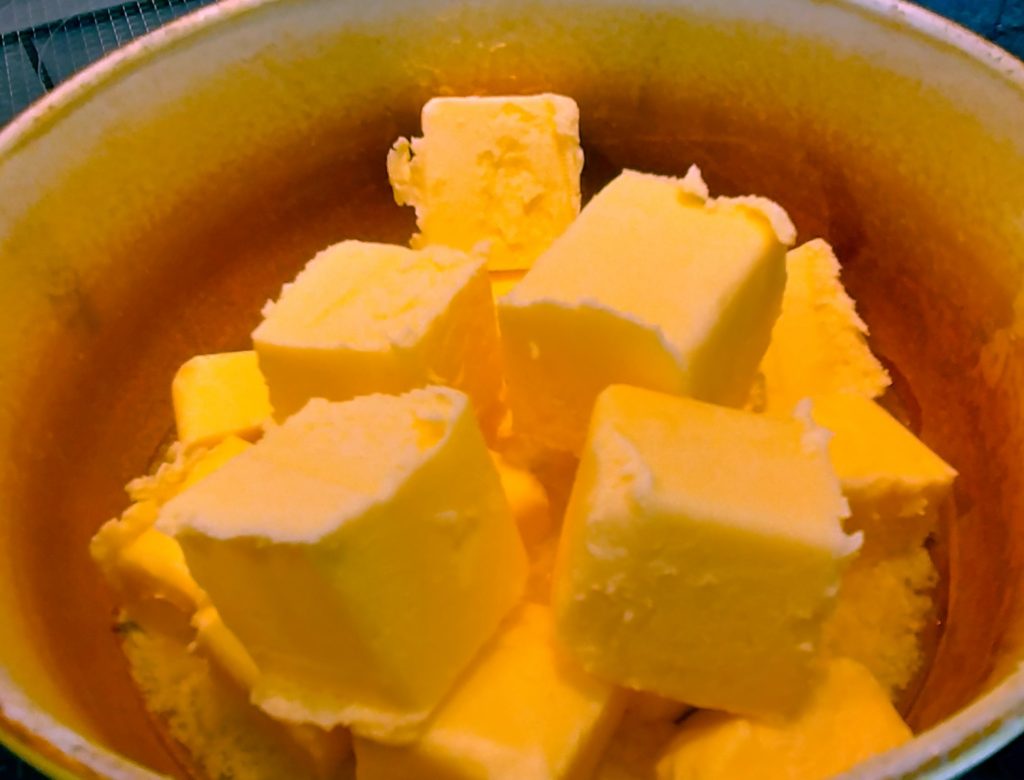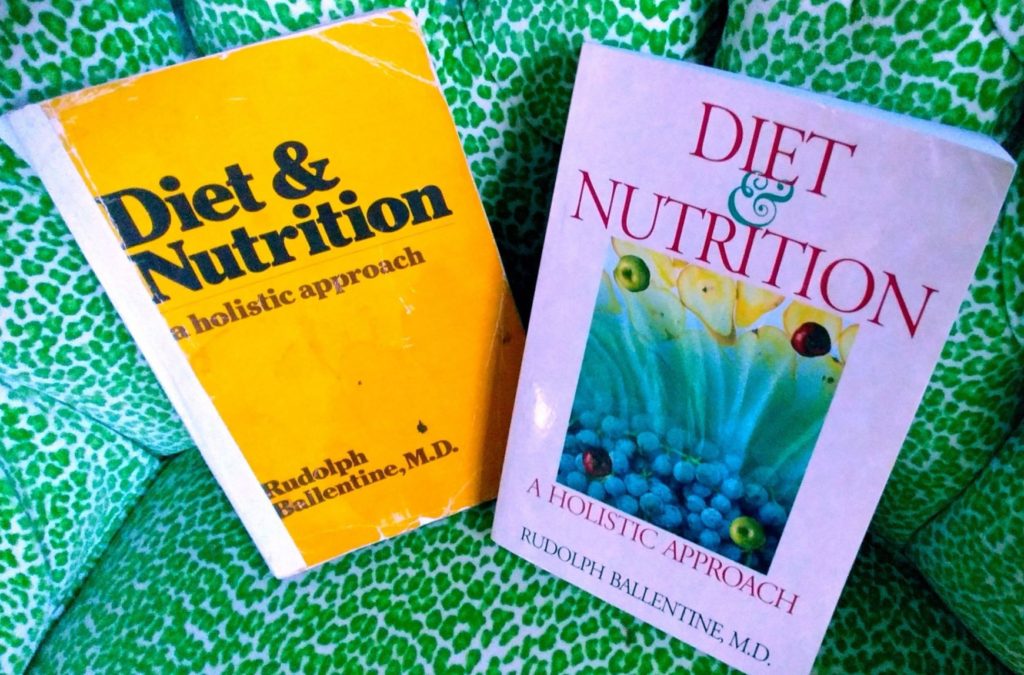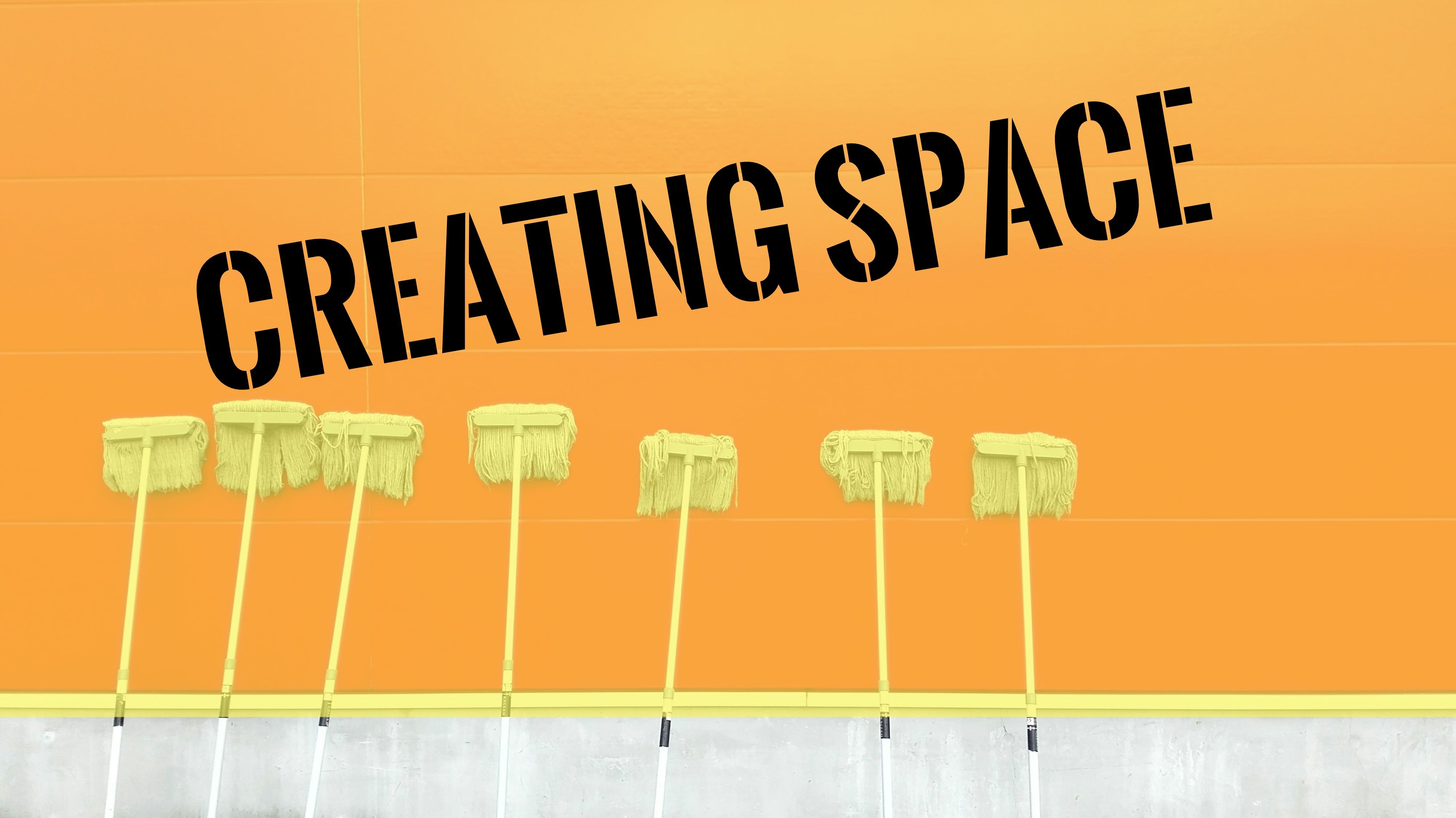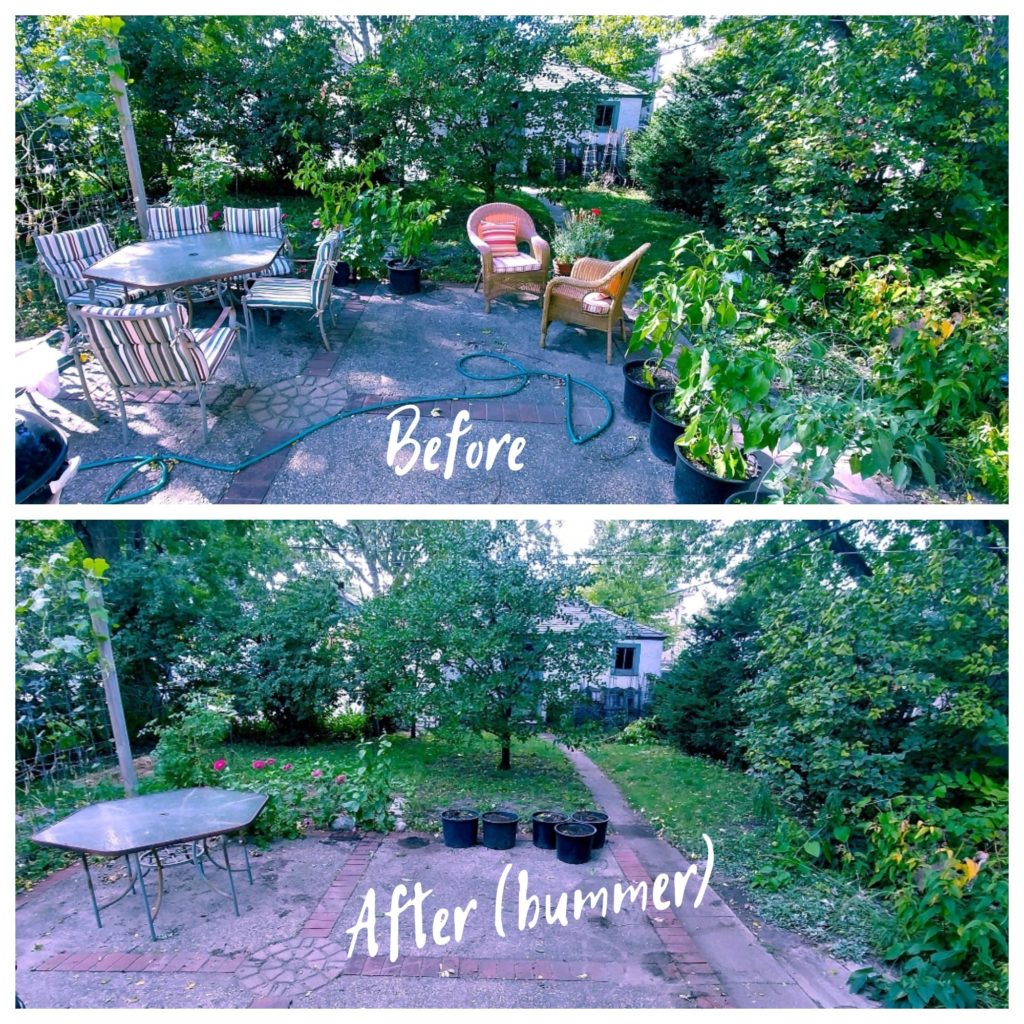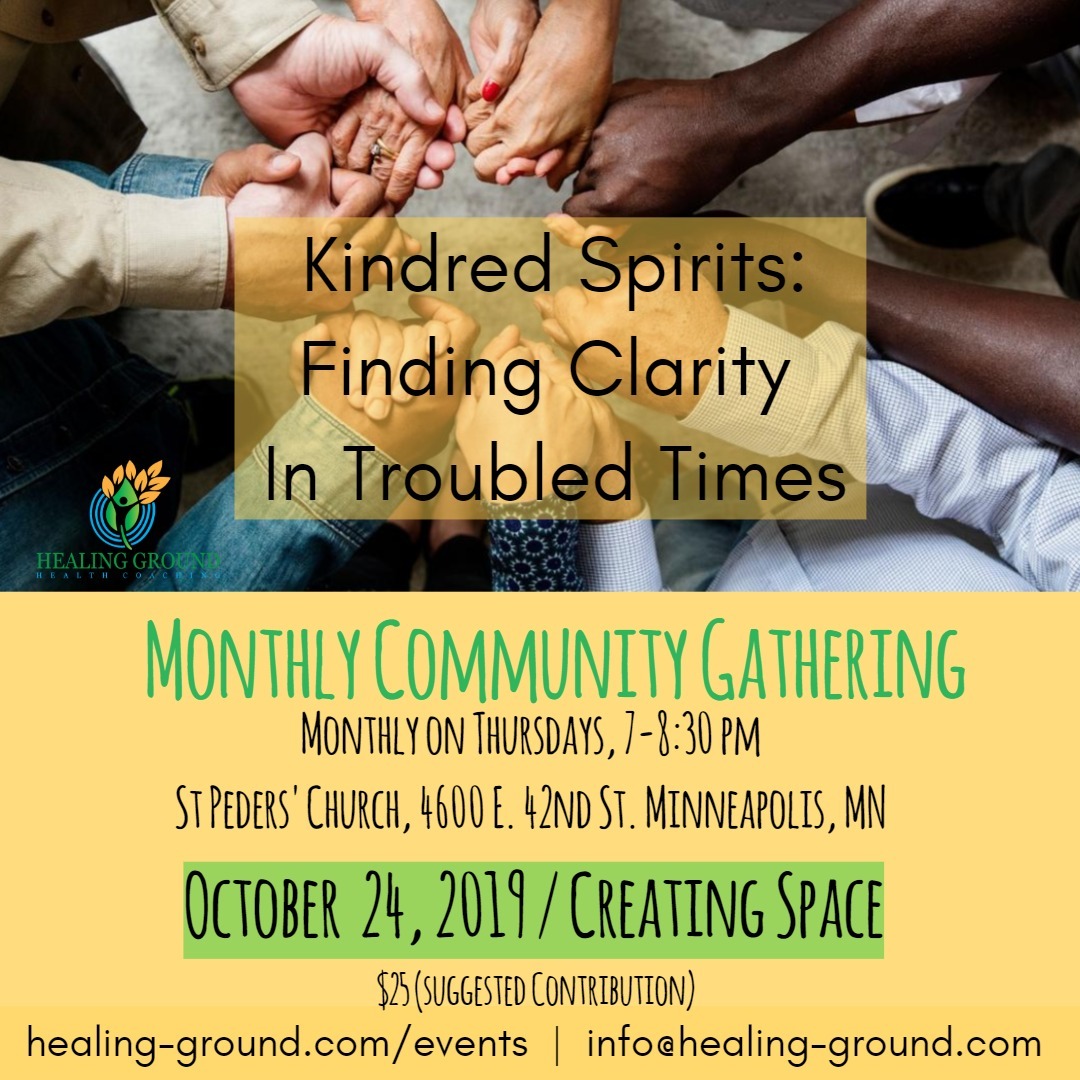The Ayurvedic Kitchari Cleanse, active portion, is officially over and I’ve been in “rejuvenation” for over a week. This cleanse has had its challenges. I really felt my air and space energy go off the rails, which manifested as everything from an over engaged gut to a disengaged gut to fatigue to spacey-ness to insomnia to whatever else you can come up with.
During the active phase all went swimmingly well Sunday through Wednesday. Then I felt all my systems going from hyperactive to totally inactive within about a five-hour span. After that I had difficulty finding the Kitchari particularly palatable. I stuck with it with the exception of the last day, when I switched to just rice with ghee to get me through the day.
A little cleansing sabotage
I started the rejuvenation phase pretty valiantly and carefully but then Halloween arrived. You can guess how that went. Sigh.
Damn you Sugar!
I’m finally feeling like myself
Today, Wednesday, a week and a half after I started the rejuvenation phase, is the first day I’ve felt myself since the Wednesday of the active phase. I feel like my body is finally waking up and letting go. Moving is easier, I’m able to make better food and activity choices and I’m starting to feel like myself again. And, most happily, my sleep completely went from total insomnia to absolutely “no problem” with the turnover away from daylight savings time.
I wish I could report on exactly what happened, but I can only guess. I am quite confident that my air and space energy were really out of whack before I started the cleanse. That tends to happen to me in fall and spring. This time around, the weather during the cleanse didn’t help things and really contributed to my energetic imbalance. I also am wondering if my more solid earth energies were more set in place and resistant to change (due to the damp weather), blocking the wind energy and filling the space energy.
Uh oh
Many of you are probably rolling your eyes and thinking “There she goes again. Woo Woo!”.
That’s ok, I totally understand. This approach is based upon Ayurveda and sounded a little “out there” to me too until I began actually recognizing, feeling, and working with the energy. Now it’s just sort-of the way it is for me. I see no reason why the forces that have such an obvious impact on all other carbon based life forms would, for some strange reason, have absolutely no effect on human beings (of which I am one).
A few simple guidelines helped
Fortunately, I did my best to work with what was present and I followed a few simple rules to get me through the difficulties
- I maintained my daily meditation practice even if I felt crummy. Sometimes I cut sessions short but I did my best to not skip them. This created a little space within with which I could function.
- I avoided blame and shame around these difficulties. When I look at the echinacea trying to survive the crazy weather I see no indication that it is blaming itself for not looking so hot or for just taking it easy.
- Within the space I created by maintaining a meditation practice I tried (and still do) to cultivate compassion for all sentient beings, including those with whom I very much disagree (like the current occupant of the white house). This compassion extends to myself. I am, after all, not chopped liver! I’m a carbon based sentient life form, not unlike all others.
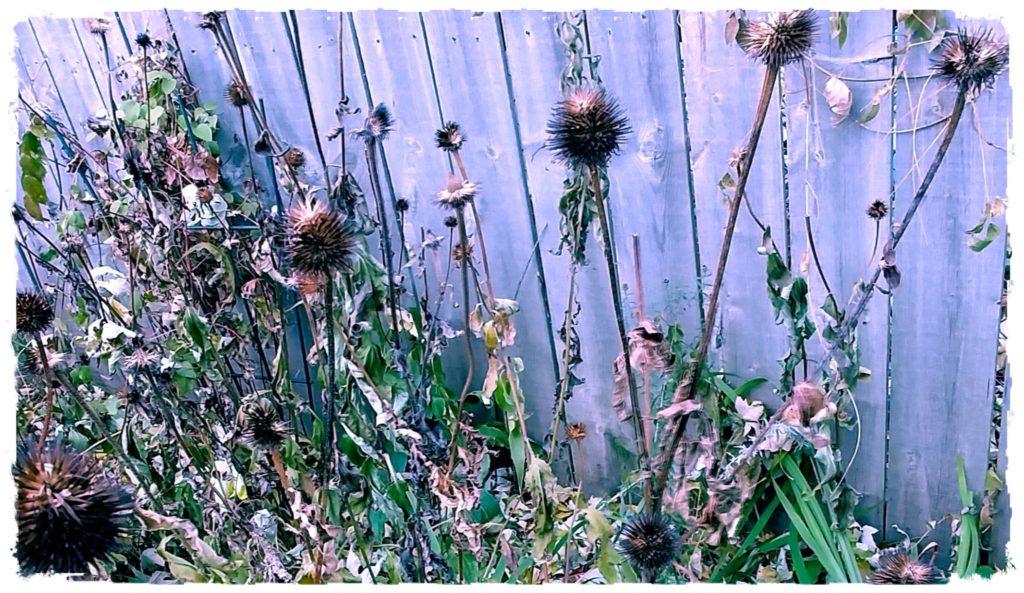
The Chyavanprash
I introduced you to Chyavanprash jam in the last post and have been using it regularly through rejuvenation. I added a teaspoon to hot water for a tasty chai tea-like beverage. I added it to boiled milk (after the milk has cooled a bit—the jam has honey in it and you don’t want to cook honey) which was super yummy. It was a great pre-bedtime beverage. Ayurveda suggests we cook our fruit before eating it so I cooked up some sliced apples in unsweetened cherry juice and added Chyavanprash and cinnamon. This was also very tasty. I will be buying more of this concoction. I suspect it will help me manage sweet cravings.
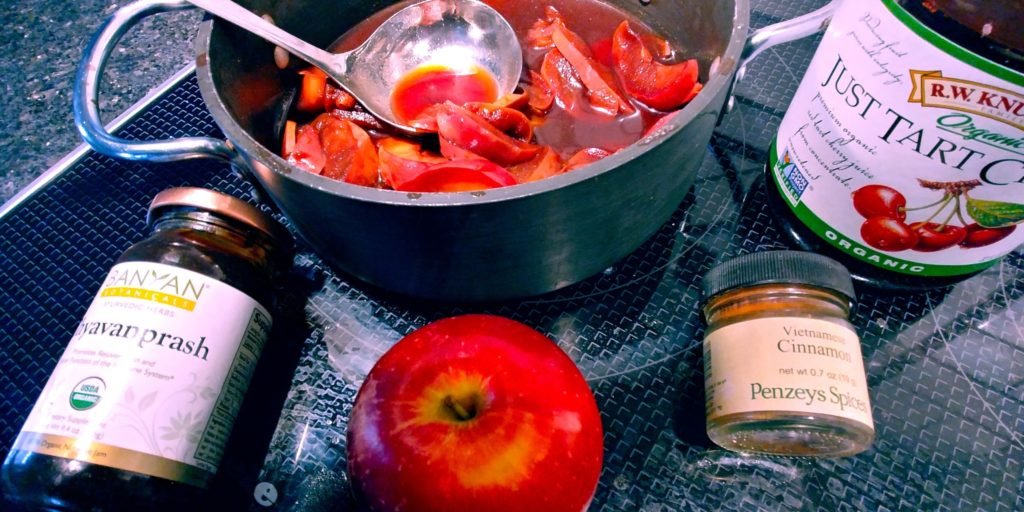
Not the best of times but not the worst of times
As you can imagine, this has been a punch in the gut, what the hell is going on, few weeks for me. But, I’m back and, despite the difficulties, happy with the cleansing process. Based on past experience, I’ll begin to see the results of the process in the upcoming weeks as my body/mind is able to settle down and let go of the past, and stay anchored in the present. I am reminded again that, sometimes I need to walk though a lot of muck to arrive at the meadow. I think I’m on my way to the meadow now.
November community gathering
The November Kindred Spirits gathering will happen Thursday November 21 at St. Peder’s Evangelical Lutheran Church, 4600 E. 42nd St., Minneapolis, MN 55406, from 7 to 8:30 p.m.
In this session, we’ll explore how compassion for ourselves and others fills the spaces we’ve created and helps us thrive physically, emotionally, and spiritually, allowing us to contribute to the common good during times of intense upheaval.

